Growing Morning Glories From Seed: A Guide To Planting Morning Glory Seeds
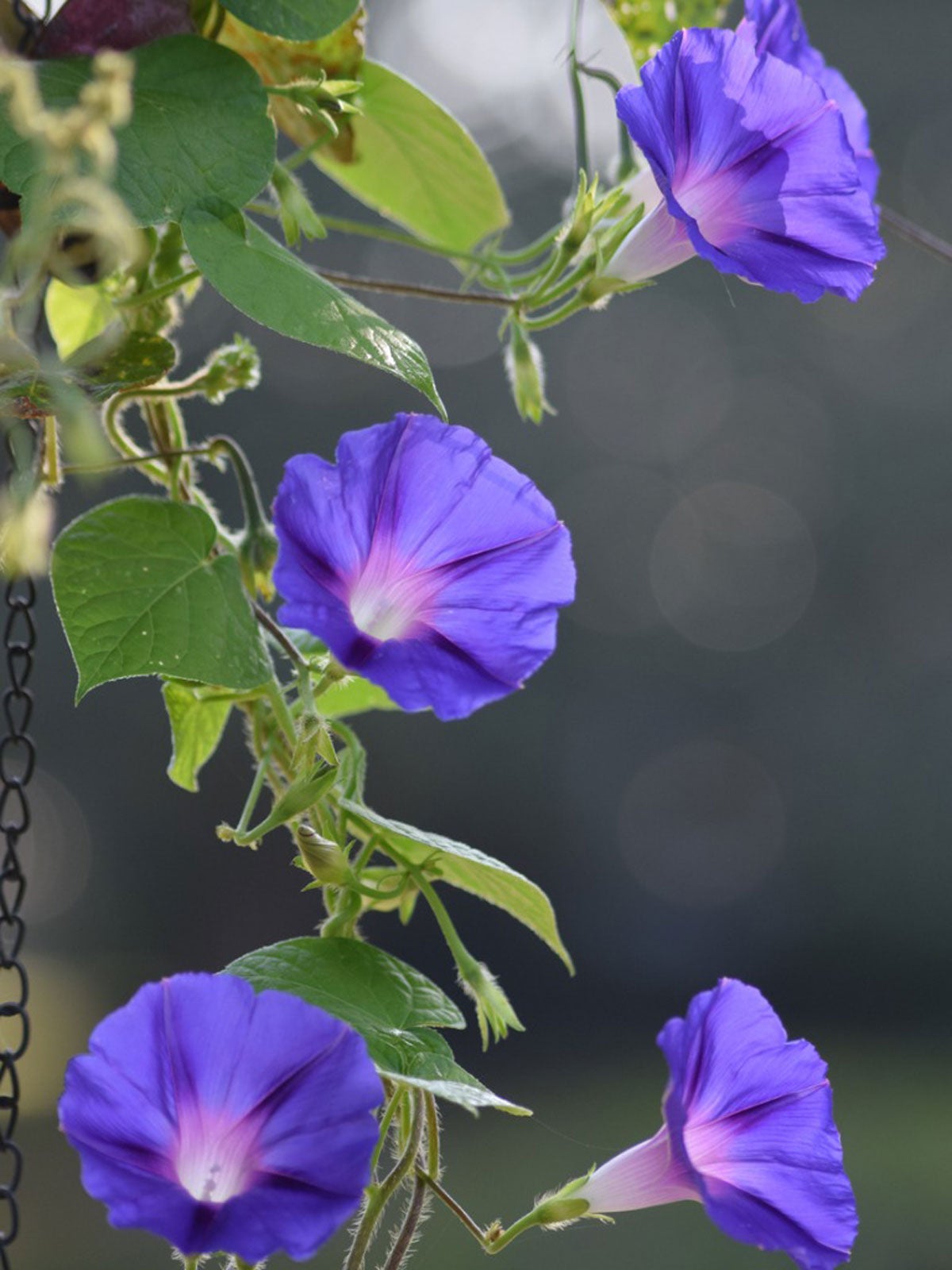

Morning glories are annual vining flowers that bloom, as the name suggests, early in the day. These old-fashioned favorites love to climb. Their trumpet-shaped flowers bloom in vibrant shades of purple, blue, red, pink, and white which attract hummingbirds and butterflies. Growing morning glories from seed is fairly easy if you know the trick to ensure quick germination.
Morning Glory Seed Propagation
When starting morning glories from seed, it can take two and a half to three and a half months before they begin blooming. In northern climates where cold winters and shorter growing seasons are the norms, it's best to start morning glories from seed indoors four to six weeks before the last frost date.
When germinating seeds of morning glory, use a file to nick the hard coating of the seeds. Soak them in water overnight. Plant the seeds ¼ inch (6 mm.) deep in fertile soil. This trick helps the seeds take up water and germinate quickly.
Germination time for morning glories averages four to seven days at a temperature of 65 to 85 degrees F. (18-29 C.). Keep the soil moist, but not soggy while germinating. Seeds of morning glory are toxic. Be sure to keep seed packets, seeds that are soaking, and those planted in trays away from children and pets.
Morning glories can also be directly seeded in the ground once the danger of frost has passed, and the ground temperature reaches 65 degrees F. (18 C.). Choose a location that receives full sun, good drainage, and is near a vertical surface for the vines to climb. They do well near fences, railings, trellises, archways, and pergolas.
When planting seeds outside, nick and soak the seeds. Water thoroughly. Once sprouted, thin the seedlings. Space morning glories 6 inches (15 cm.) apart in all directions. Keep the flowerbed watered and weeded until the young plants are established.
Working compost or aged animal manure into the ground before planting morning glory seeds or transplanting seedlings provides nutrients and helps retain soil moisture. A fertilizer designed for flowers can be applied according to the manufacturer's guidelines. Avoid overfertilizing as this can cause leafy vines with few flowers. Mulching will also retain moisture and control weeds.
Gardening tips, videos, info and more delivered right to your inbox!
Sign up for the Gardening Know How newsletter today and receive a free copy of our e-book "How to Grow Delicious Tomatoes".
Although morning glories grow as perennials in USDA hardiness zones 10 and 11, they can be treated as annuals in colder climates. The seeds form in pods and can be collected and saved. Instead of planting morning glory seeds each year, gardeners can let the seeds drop for self-seeding. However, flowering may be later in the season and the seeds can spread morning glories to other areas of the garden. If this becomes problematic, simply deadhead the spent flowers before they have a chance to form seed pods.

Laura Miller has been gardening all her life. Holding a degree in Biology, Nutrition, and Agriculture, Laura's area of expertise is vegetables, herbs, and all things edible. She lives in Ohio.
-
 Looking For Plants To Give You The Soft And Fuzzies? Try These 5 Fuzzy Leaf Plant Options
Looking For Plants To Give You The Soft And Fuzzies? Try These 5 Fuzzy Leaf Plant OptionsLovers of texture, drama, silver foliage and tactile plants will adore these special sensory garden additions. These fuzzy leaf plant options will leave you all aglow
By Susan Albert
-
 Get Ready For A Summer Of Hummers! Grow These Full Sun Hummingbird Plants and Flowers
Get Ready For A Summer Of Hummers! Grow These Full Sun Hummingbird Plants and FlowersIf you’re lucky enough to enjoy a sunny backyard, make sure you are maxing out on your pollinator opportunities and grow these full sun hummingbird plants and flowers
By Tonya Barnett
-
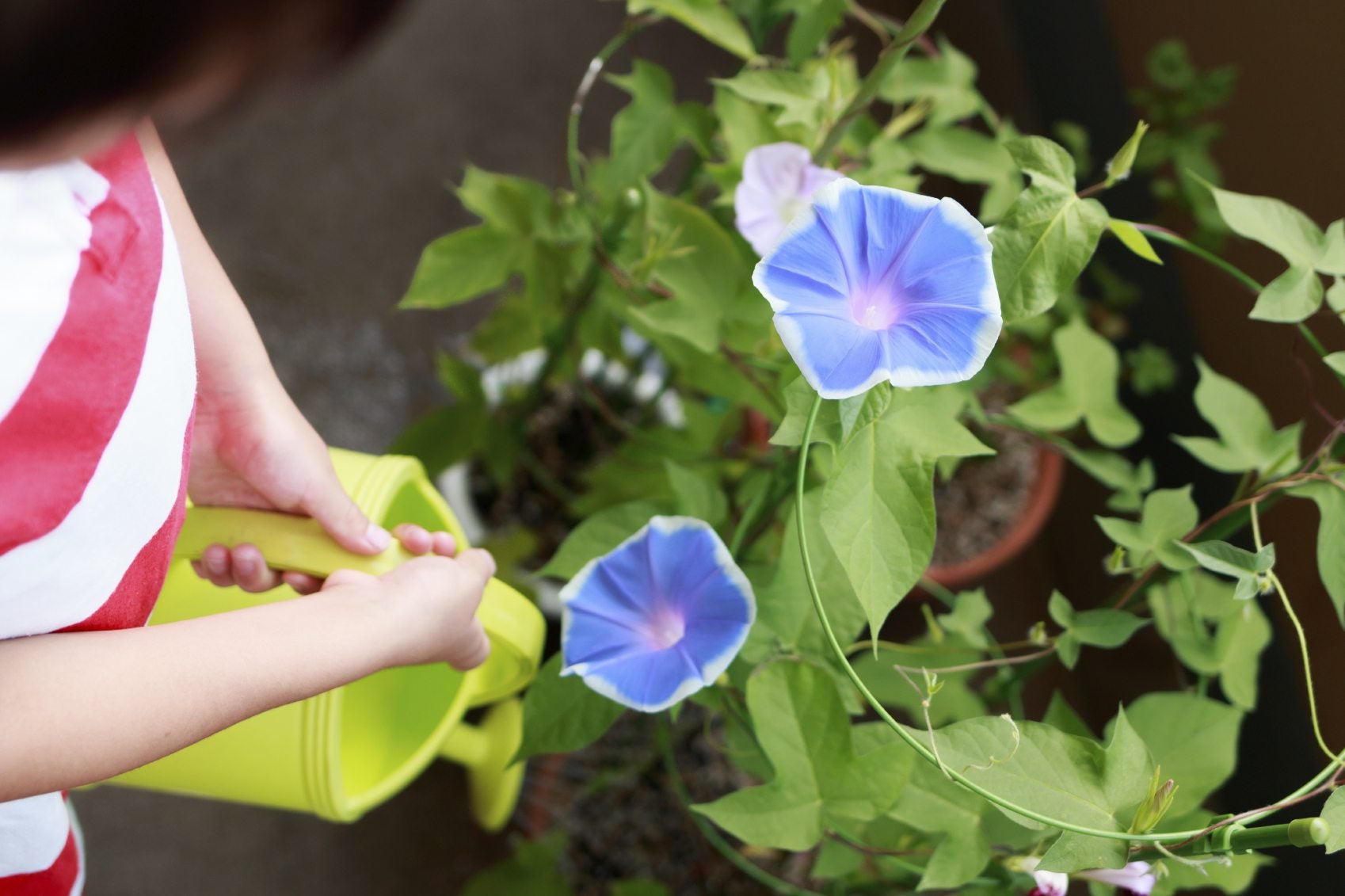 Watering Morning Glories: How Much Water Do Morning Glories Need
Watering Morning Glories: How Much Water Do Morning Glories NeedEasy care and fast growing, morning glories offer a sea of blossoms in pink, purple, red, blue and white. Like most other summer annuals, they need water to thrive. Click here for information about morning glory watering needs.
By Teo Spengler
-
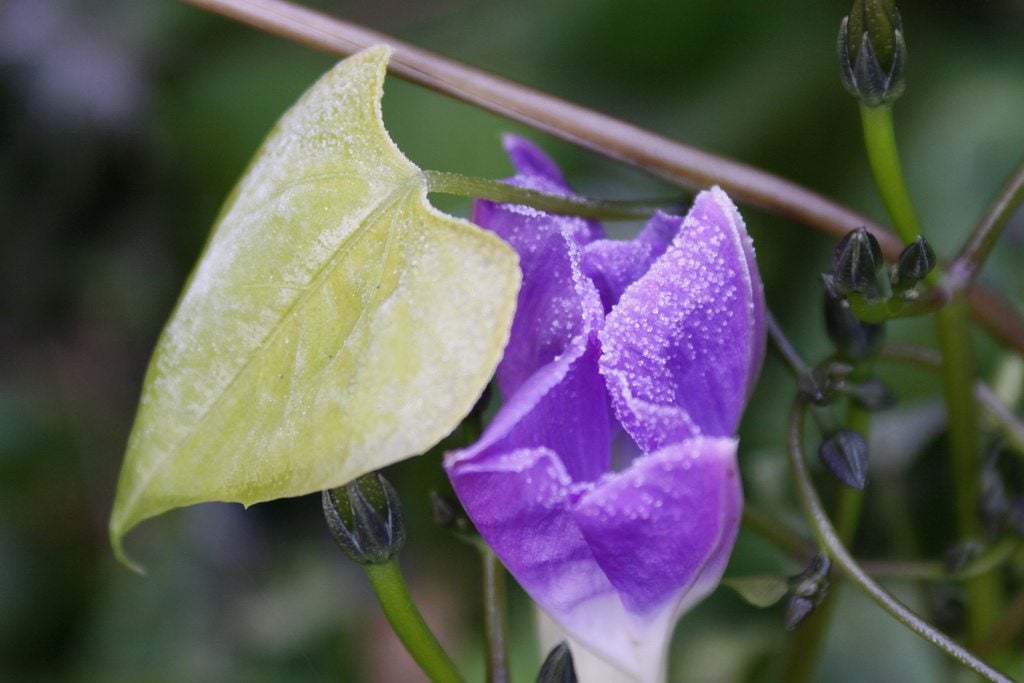 Yellow Morning Glory Foliage – Treating Yellow Leaves On Morning Glories
Yellow Morning Glory Foliage – Treating Yellow Leaves On Morning GloriesThere is a risk of yellowing leaves on morning glories, which can give the plants an unsightly look and damage their health. Click this article to learn about what to do when your morning glory leaves are yellow.
By Liz Baessler
-
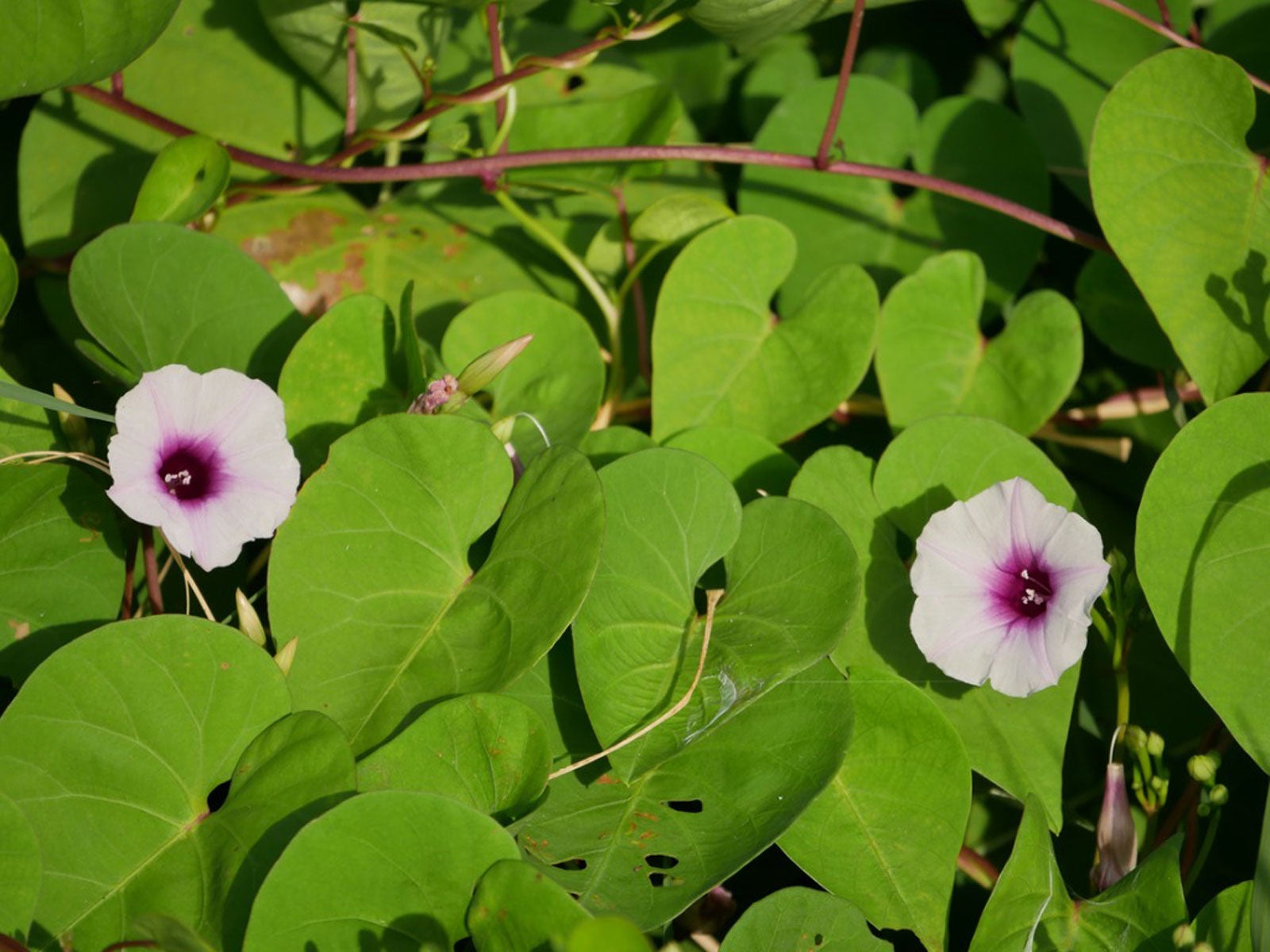 Why Morning Glory Is Not Blooming: Getting Morning Glories To Flower
Why Morning Glory Is Not Blooming: Getting Morning Glories To FlowerMorning glory is a prolific vining plant that produces masses of blooms. Non-flowering plants aren't the norm but is fixable. Click here for suggestions.
By Bonnie L. Grant
-
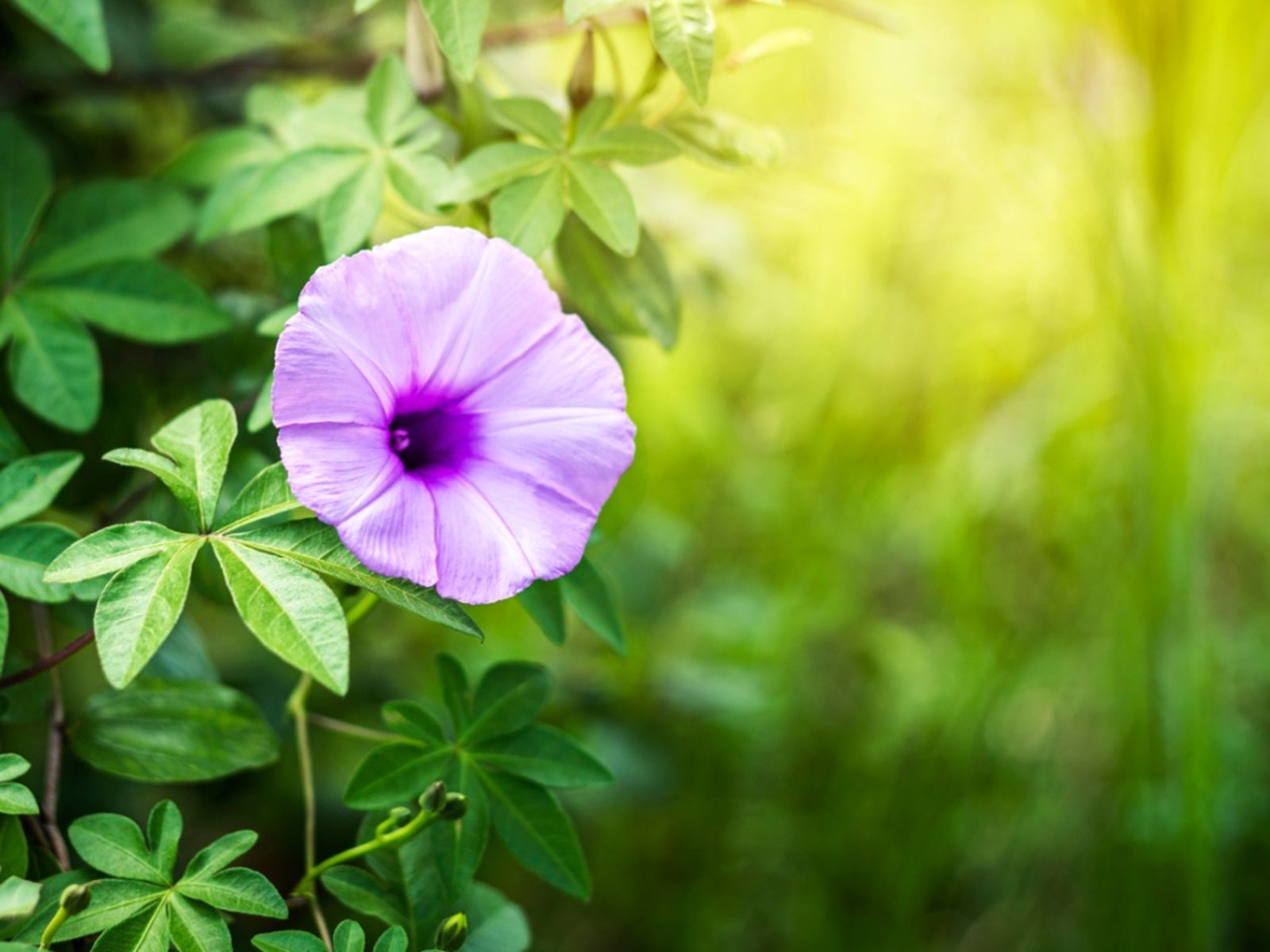 Morning Glory Pest Control: Dealing With Common Pests Of Morning Glory
Morning Glory Pest Control: Dealing With Common Pests Of Morning GloryMorning glories are hardy plants and are normally healthy, but sometimes insects on morning glory vines harm the health of the plant. Read this article to learn more about what pests you can expect.
By Susan Patterson
-
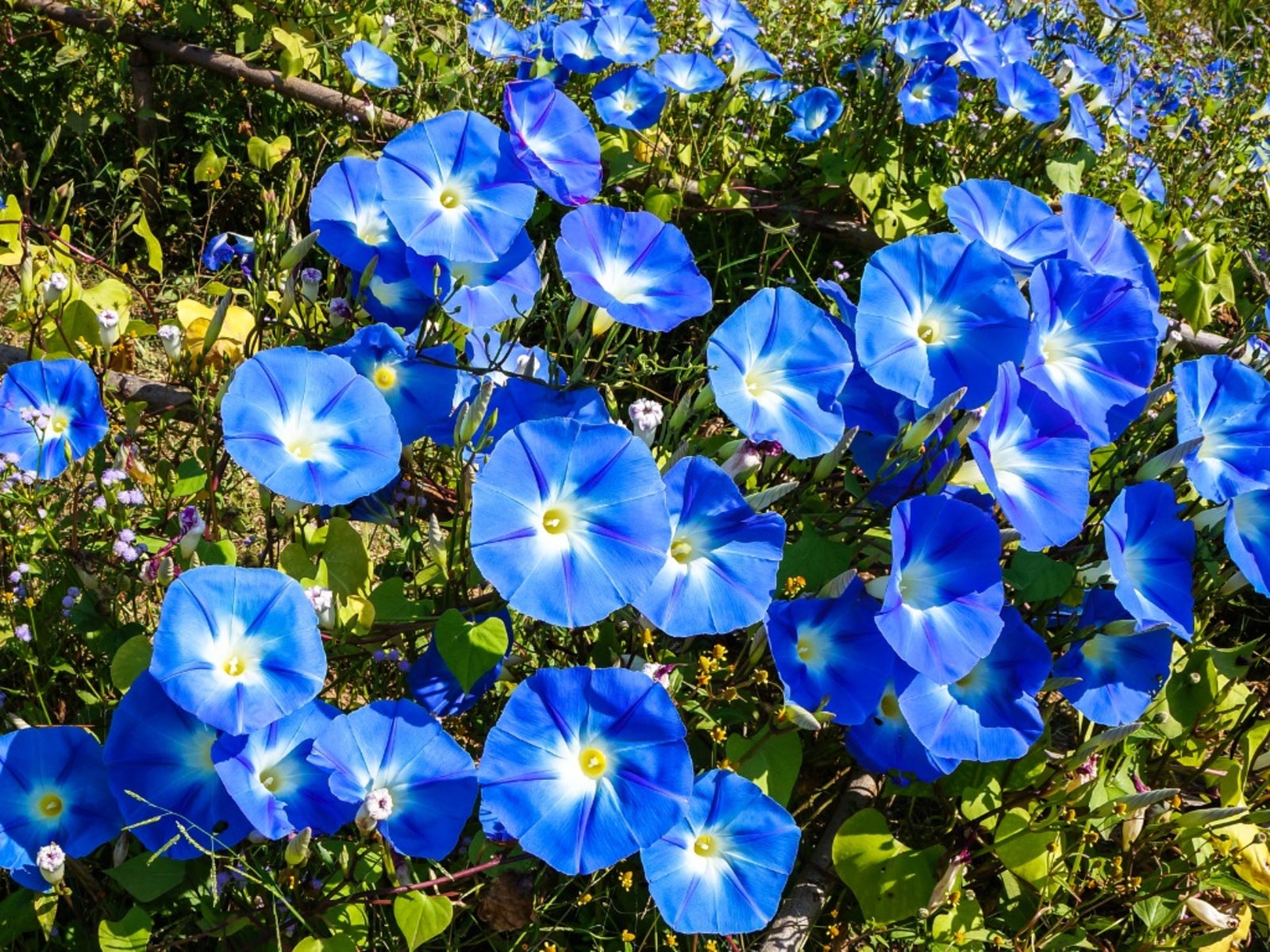 Problems With Morning Glories: Morning Glory Vine Diseases
Problems With Morning Glories: Morning Glory Vine DiseasesMorning glories are typically hardy vines; however, they can sometimes suffer problems. Read this article to find out what these may be and how to treat them promptly. Click here for more info.
By Susan Patterson
-
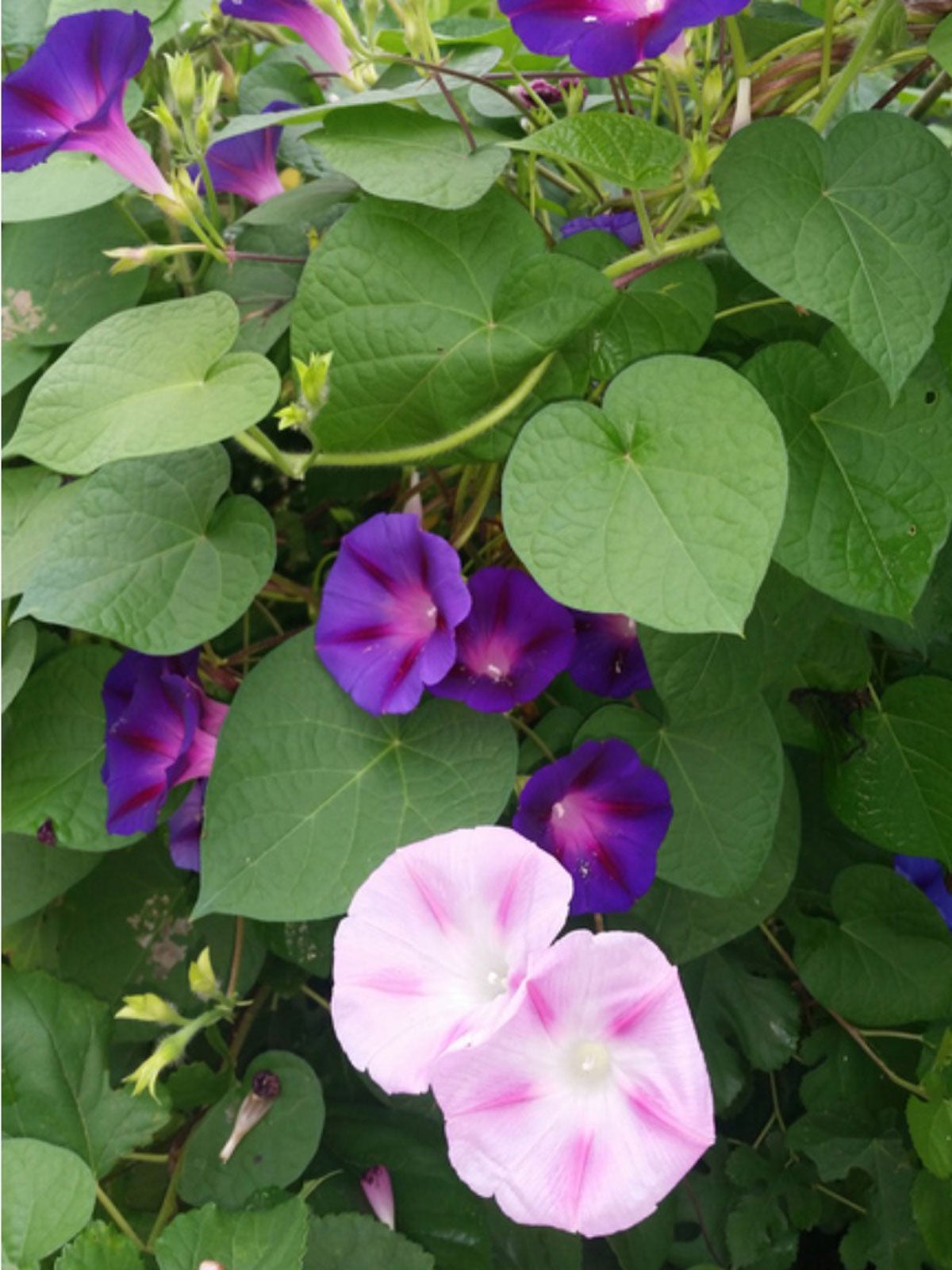 Morning Glory Trimming: When And How To Prune Morning Glory Plants
Morning Glory Trimming: When And How To Prune Morning Glory PlantsMorning glory vines can reach lengths of up to 15 feet (4.5 m.), twining themselves around anything. To keep these plants well managed, some morning glory trimming may be necessary. This article will help with that.
By Jackie Carroll
-
 Morning Glory Control: How To Kill Morning Glory Weeds
Morning Glory Control: How To Kill Morning Glory WeedsMorning glory weeds in the garden can take over garden areas. So you may want to know how to kill morning glory weeds. This article will help.
By Bonnie L. Grant
-
 Collecting And Storing Morning Glory Seeds: How To Store Seeds Of Morning Glories
Collecting And Storing Morning Glory Seeds: How To Store Seeds Of Morning GloriesMorning glory flowers are a cheerful, old-fashioned type of bloom. Learn how to save seeds of the morning glory in this article to continue your garden in next spring's planting without buying more seed packets.
By Anne Baley